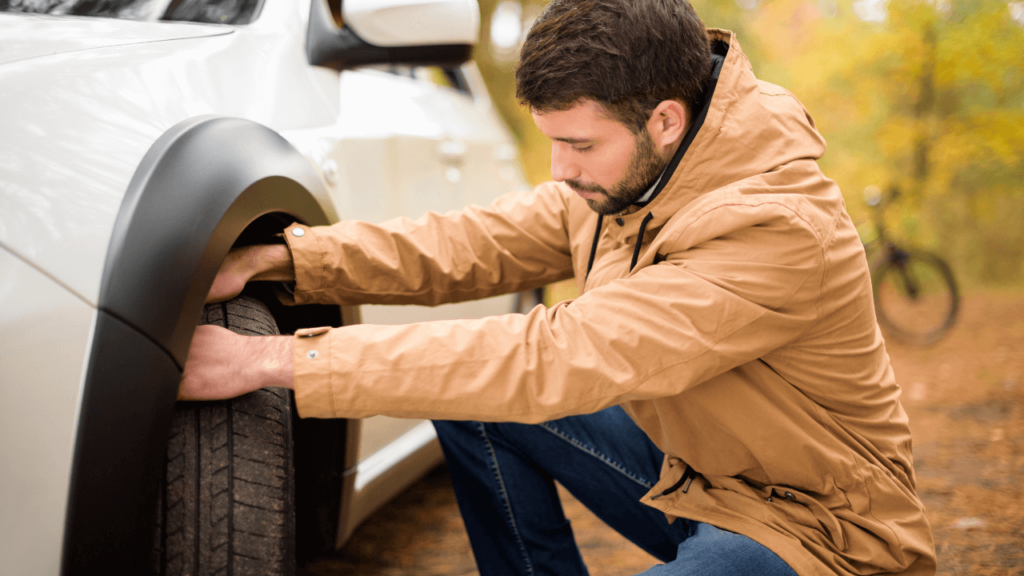An AA poll in October 2020 revealed that half of all drivers are now doing fewer miles than they were before the pandemic.
Now that schools are opening again, and non-essential businesses won’t be far behind them, you may need to use the car more often.
But, vehicles that have not been used frequently can face some common problems with tyres, lights and screen wash.
Many British drivers don’t have a basic knowledge of vehicle maintenance – or how to check their vehicle is safe.
Research from Halfords estimates that millions of us cannot – or do not want to know how to – check straightforward features such as their car’s tyre pressure, the condition of the number plate or screen wash level. Equally, DVSA research has shown that 30% of parents and carers don’t have the time to check their car more often.
If you need to do an essential journey, there are some easy checks you can do to get you safely back on the road. For added peace of mind, you could also get your vehicle professionally checked with a service or a health check, or even consider getting an early MOT.
Doing simple vehicle checks or having a check by a professional means you know your vehicle is safe and roadworthy if and when you need to use it. There are four basic steps:
Simple vehicle checks: Drive S.A.F.E
Service or health check if needed
Get your vehicle professionally checked with a service or a health check, for added peace of mind. You can even go back to your original pre-exemption MOT date, by getting an early MOT.
The garage can check the things you can’t see. If the brakes feel different or make a continued noise, or if the vehicle pulls to one side, you must contact your local garage as soon as possible. If the warning lights on the dashboard come on, get the vehicle professionally checked as soon as possible.
Air in tyres
Tyres must be correctly inflated, without any cuts or bulges. Correctly inflated tyres reduce the risk of accidents, will last longer and will save you money on fuel. Tyres can lose air and deteriorate when they are stationary for a long period.
Your car manual will tell you the right pressure for your tyres. Most petrol stations and garages will have a pressure gauge and air pump, so check when you fill-up. At the same time look out for bulges and cuts. Remember to check your advisories. If a tyre was close to the minimum tread before the lockdown, now might be a good time to replace it.
Fill up screen wash
Check fluid is topped up and the windscreen wipers work, without streaking water. When the engine is cold, lift the bonnet, check the windscreen washer bottle and top up if necessary. Using washer fluid rather than water will help to clean the windscreen and prevent the washers from freezing in winter.
Examine lights and tyre tread
Check your lights
Since you last used the vehicle, a car bulb could have blown. Turn on all the lights and walk around the car. Give them a tap to check they’re not loose or damaged, check the colours are correct and match. Your car manual will explain how to change a bulb, or your garage can do this. To test brake lights reverse up to a garage door/window, press the brake, and look for a reflection in the rear view mirror.
Make sure you tyre tread is legal
The legal tyre tread depth for cars is 1.6mm and the condition of your tyres is key to your safety. This is especially important when roads are wet and icy. Turn the steering wheel fully to the left or right and look for the tread-wear indicators which are at the bottom of the tyre grooves. If they are flush with the level of the tread, you need to replace the tyre. Another good rule of thumb is the 20p test. Insert a 20p coin into the groove on the tyre. If the tread covers the outer band of the coin the tyre depth is legal. Check the tread depth is even across the tyre.








